Common Hand Injuries: Treatment for swollen hand due to injury
Hand Injuries
Most of us earn our living with our hands. The goal of the treatment of hand injuries is maximum preservation of function. In terms of possible permanent disability, there is no minor surgery in this area. The magnitude of the problem is apparent in the frequency with which it appears in the statistics of the Workmen's Compensation Board and insurance companies.The best treatment is prevention. One must be constantly alert to the possibility of punctures, door slams, burns, pressure injuries, and the perverse potential of certain mechanical tools. Failing this, early treatment to prevent infection is best. There are relatively clearly defined methods of managing various types of injury. The patient can describe the site of the injury by indicating its relation to the various creases in the palm or to the knuckles and nails on the back of the hand. Physicians can treat all hand and finger injuries under some form of nerve blocking anesthesia, so the patient feels absolutely no pain. It is not necessary to be put to sleep to have proper anesthesia, although this can be resorted to when the personality of the patient makes this the best or only choice. Postsurgical treatment by proper splinting, exercising and physiotherapy is of integral importance to the end result.
He cut the back of his hand behind the knuckles with a knife and it's bleeding badly. What should I do?
Put a sterile bandage over the cut. If you haven't one, put a clean dry washcloth over the area and just hold it firmly. Press down on the injured area to control the bleeding. Just hold it there and don't take it off to look at it. Then come to the emergency room, where the dressing will be removed. The wound is then thoroughly washed and irrigated. Any foreign material is removed and the edges are sewn together. A proper dressing is applied. Six days later the area can be reexamined, and if it has healed properly, the sutures are taken out.He accidentally stabbed his hand with a knife just where the finger joins the palm; now he can't move the finger.
If examination shows that he cannot bend any of the joints of the finger, it means that the two tendons of the finger have been cut. It is not always advisable to repair a tendon at the time of injury because of scarring within the tendon sheath. The wound should be allowed to heal completely. Tendon repair is done at another time. This is a major operation done in a hospital operating room, not in an emergency room or outpatient facility.
How can you tell that the tendon has been lacerated? When do you sew it together?
The diagnosis of a severed tendon is made by demonstrating that its pull action on a particular joint of the finger has been lost. A cut is not opened to see whether or not the tendon is intact.Injuries to the palm tendons are promptly repaired provided they are not in the "no man's land" zone, which is the area where the fingers bend into the palm. Lacerations of the tendons on the back of the hand are promptly sewn together or the tendons are wired into the bone from which they have been detached.
What results can be expected if the tendon is repaired? Will I be able to drive, play the violin, write, typewrite and draw?
Modern methods of tendon repair permit good restoration of function. Virtually normal function is possible for severed tendons on the back of the hand and the fingers. The results for "no man's land" injuries are less favorable. Age and good postoperative physiotherapy are also factors. Patients under fifty tend to get satisfactory results. Full restoration of function for typing is readily accomplished. Results for a musician are not as good and will depend on whether the nerve has also been affected in which case a significant loss of tactile sensitivity occurs. A period of reeducation and supervised exercises is most important.What should we do about our teen age daughter who punctured the pulp of her thumb with a sewing needle? It is not bleeding.
The wound should be cleaned and irrigated. An X ray will indicate whether a part of the needle has broken off and is retained in the finger. The aim here is to avoid an infection in the bulk of this soft part of the finger. An abscess in this area is called a felon. If it does occur, it will have to be drained. Watch the area for tenderness, pain or swelling. You should know in five or six days whether or not it is infected. Antibiotics generally should not be given unless there are signs of infection. Meanwhile she can go about her ordinary activities. Any injury of the thumb requires special treatment, consideration and care. The superiority of the human hand rests on the opposition action of this digit.Common Hand Injuries: Carpal Tunnel, Trigger Finger, Arthritis
What's to be done? My husband just sliced off the tip of his finger with a cleaver. The piece is still here.
Place a sterile pad or washcloth over the finger and hold it tight. Put the amputated piece in a moist handkerchief and bring it with you to the hospital. There are various ways of managing this traumatic amputation. Sometimes the severed part can be sewn back; other times a piece of skin from elsewhere on the body is grafted on, or the bone is trimmed a bit and the edges are sewn together. All this is preceded by a general and thorough cleansing of the area. The results can be quite satisfactory, although the length of the finger might be somewhat shortened.My daughter caught her hand in the car door, and there is a discoloration under the nail that is becoming increasingly painful.
The discoloration is caused by blood under the nail. If you make a little hole in the nail with the tip of a paper clip heated to a red white color, the blood will be provided with an exit. This relieves the pain.
My son was in a fistfight two hours ago and he hit the other fellow in the mouth. His pinky has a wound near the knuckle and the finger looks deformed.
An X ray is required in this instance because frequently the assailant has broken his finger on the other chap's jaw and cut his knuckle on his tooth. This can be a compound fracture complicated by a human bite. The mouth contains bacteria which can produce a serious infection if they get beneath someone else's skin. This condition requires a special type of wound cleansing, alignment of the bony fragments, and methods for avoiding infection. It can be a very serious inury.
Do I have to do anything about a quarter inch splinter in my finger? It doesn't hurt. I've got another one under the nail.
These splinters should be removed. Otherwise they act as foreign bodies and can be the cause of an abscess.What should I do? I just punctured my palm with a sharp pencil and a piece broke off and is under the skin.
The remaining pencil tip should be extracted and the wound puncture channel allowed to heal. Sutures are usually not necessary. A fountain pen puncture wound can leave a small tattooed area. Indelible pencil punctures, on the other hand, often contain a toxic aniline dye, and the retained broken point must be removed to prevent infection.I cut my finger five or six days ago, and now the back of my hand is swollen and I have a temperature of 104°.
This indicates that the wound is infected and that it has spread to the skin (called cellulitis) and probably to the lymph glands. In the last century this type of infection was extremely dangerous and sometimes fatal and the limb required amputation. Now, it is treated with large doses of antibiotics, wet soaks and immobilization of the hand in a sling. You should be on bed rest, at least initially. If an abscess forms, it will have to be opened and drained. The results are satisfactory in the vast majority of cases.
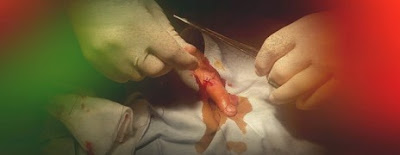
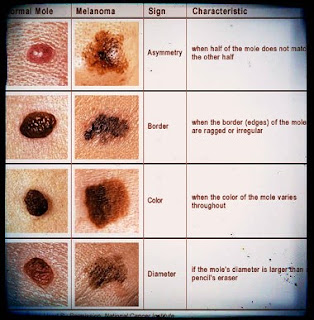
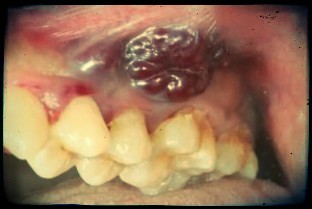
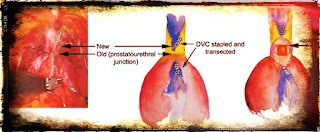
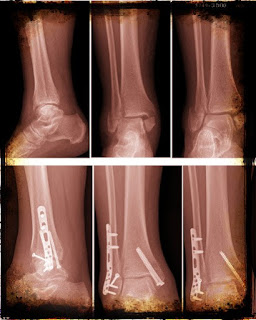
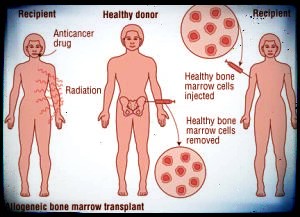

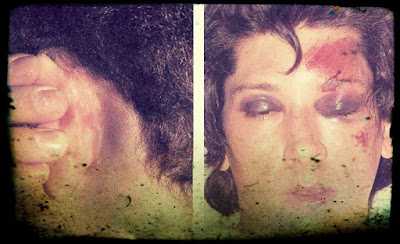
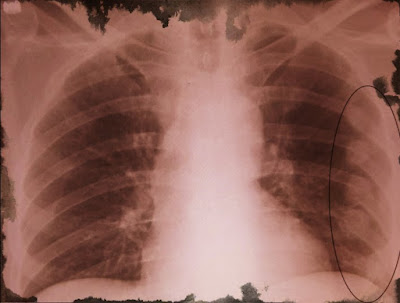
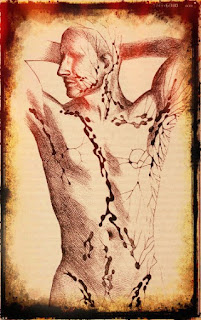
Comments
Post a Comment